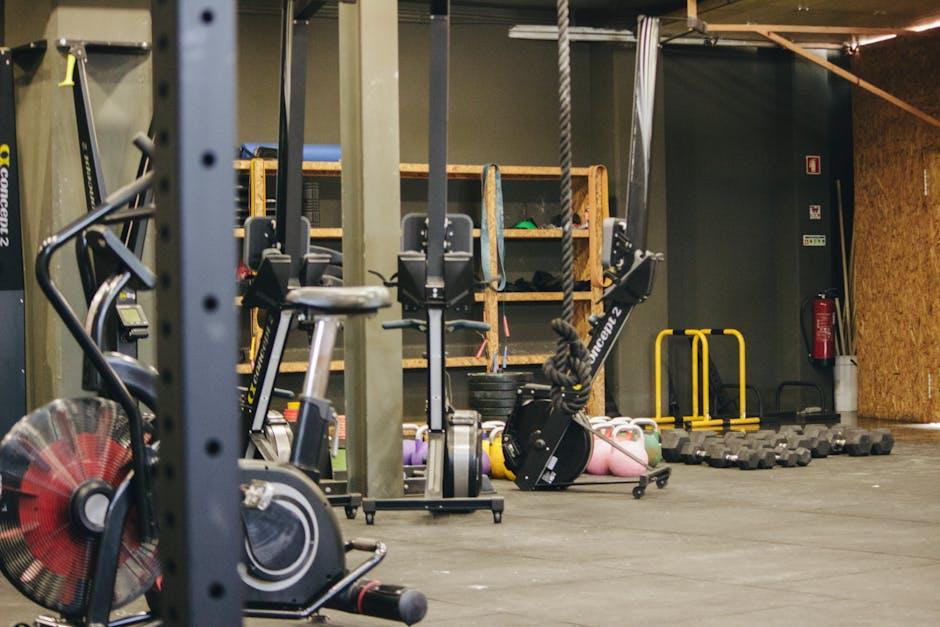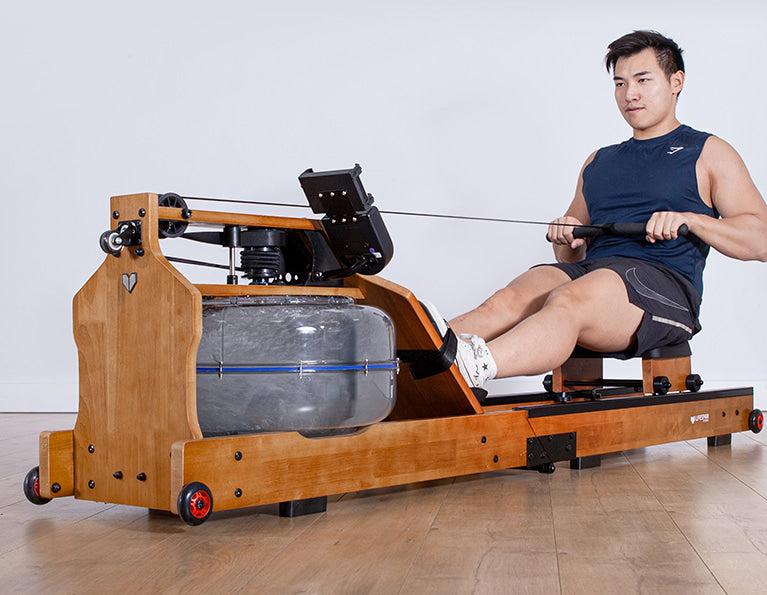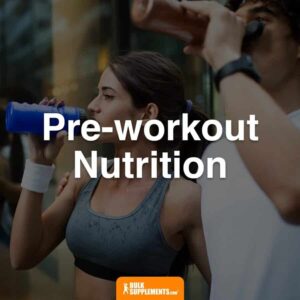In the ever-evolving landscape of fitness technology, rowing machines have emerged as a staple in home gyms and commercial fitness centers alike. Though, as athletes and enthusiasts seek optimal workout experiences, a fierce debate rages on: which type of resistance system reigns supreme? In this thorough showdown, we’ll delve into the three predominant types of smart rowing machines—water, magnetic, and air resistance. Each technology offers unique advantages and challenges, appealing to different preferences and training goals. Join us as we explore the mechanics, experiences, and results associated with each type, guiding you through the waves of innovation to determine which rowing machine might take the crown in your fitness journey. Prepare to row through the depths of performance, comfort, and technological prowess as we set the stage for a face-off that promises to elevate your workout routine.
Exploring the Mechanics of Resistance Types in Smart Rowing machines
Understanding the mechanics of resistance types in smart rowing machines requires examining how each system interacts with the user’s effort and delivers feedback. Water resistance emulates the dynamics of rowing on open water,providing a natural feel as the paddle-like blades move through the fluid. This type of resistance allows for a very smooth experience, but can also vary with the user’s intensity—row harder, and you feel the challenge increase. Magnetic resistance, conversely, offers a more consistent drag, adjustable through settings that allow for precise control. This type is ideal for users seeking a quieter workout, as it eliminates much of the noise associated with water. Lastly, air resistance machines rely on a flywheel mechanism that generates resistance based on the speed of the rower. The harder you row, the greater the resistance, creating a powerful feedback loop that mimics the feel of rowing in real-time.
When comparing these resistance types, several factors are critical to consider. Here’s a quick overview of the advantages and considerations for each type:
- Water resistance:
- Natural rowing experience
- Fluid resistance increases with effort
- Maintenance may be required for water levels
- Magnetic Resistance:
- Quiet operation ideal for home use
- Precise resistance control through settings
- less realistic feel compared to water resistance
- Air Resistance:
- Intense feedback that matches user output
- Generally louder due to the fan mechanism
- Airflow may be affected by environment

Comparative Analysis of Performance Metrics Across Water, Magnetic, and Air Resistance
The performance metrics of rowing machines vary significantly based on their resistance type—water, magnetic, and air. Each system offers unique benefits that cater to different fitness goals and preferences. Water resistance rowing machines mimic the feeling of rowing on water, providing a smooth and consistent stroke. Users often report a distance-oriented workout, focusing on endurance and full-body engagement.Magnetic rowing machines offer adjustable resistance levels that can be quick and quiet, making them ideal for users who prefer high-rep training in a tranquil setting. Conversely, air resistance rowing machines provide a dynamic workout that increases resistance as the user rows faster, appealing to those seeking high-intensity interval training and a more challenging session.
To illustrate the comparative performance across these three types, we can look at specific metrics like stroke smoothness, user fatigue, and power output. Here’s a quick summary of the findings:
| Type of Resistance | stroke Smoothness | user Fatigue (after 1 hour) | Power Output |
|---|---|---|---|
| Water | high | Moderate | Steady Power |
| Magnetic | Moderate | Low | Adjustable Power |
| Air | Variable | High | Increasing with Speed |
When choosing a rowing machine,understanding how these metrics align with your fitness objectives is essential. If you’re focused on a realistic rowing experience and endurance, the water resistance machines might potentially be the best fit. Conversely,for those looking for a versatile workout that allows for easy adjustments while minimizing noise,magnetic systems are preferable. If your goal is to push yourself through intense workouts and increase your power output, then air resistance machines will likely be the most rewarding option.

user Experience and Ergonomics: Choosing the Right Smart Rowing Machine
When considering a smart rowing machine, user experience and ergonomics play crucial roles in ensuring a satisfying workout experience. Each type of resistance system—water, magnetic, and air—offers distinct advantages that cater to different user preferences. For example, water rowers provide a smooth, natural feel that mimics real rowing, enhancing immersion. Magnetic rowers, on the other hand, offer a silent operation and adjustable resistance levels, making them ideal for home environments were noise might be a concern. Lastly, air-resistance rowing machines deliver a dynamic rowing experience that scales with your effort, appealing to those who appreciate a challenge.
When choosing the right machine, consider the following aspects:
- Comfort: Look for adjustable seat height and ergonomic handle grips.
- Stability: Ensure the frame is robust to withstand vigorous workouts.
- Footrests: Select models with easily adjustable footrests for a secure fit.
By assessing these user experience factors along with resistance type preferences, you can find a smart rowing machine that enhances not only your fitness journey but also your enjoyment during workouts.

Maximizing Your Workout: Recommendations Based on Resistance Preferences
When it comes to maximizing your workout efficiency,understanding your resistance preferences is crucial. Each type of resistance—water, magnetic, and air—offers distinct advantages and unique experiences. For example, water resistance provides a natural sensation reminiscent of rowing on water, making it grate for those who prioritize a realistic rowing experience. Simultaneously occurring, magnetic resistance offers a smooth and silent operation, ideal for individuals who prefer a more controlled and adjustable workout intensity. Lastly, air resistance scales with your effort; the harder you row, the more resistance you encounter, perfect for athletes looking to push their limits.
To help you determine the best rowing experience for your individual needs, consider these factors:
- Realism: Choose water resistance for a life-like rowing simulation.
- Noise Level: Opt for magnetic resistance if you prefer a quiet workout environment.
- Adjustability: Air resistance is optimal for those seeking a dynamic challenge that increases with effort.
Here’s a quick comparison of the different resistance types:
| Type | Resistance Style | Best For |
|---|---|---|
| Water | Natural and fluid | Realistic rowing experience |
| Magnetic | Smooth and quiet | Controlled intensity |
| Air | Variable resistance | Dynamic performance |
Concluding Remarks
As we conclude our exploration of the dynamic face-off between water, magnetic, and air resistance rowing machines, it’s clear that each technology offers its own unique advantages and draws distinct user preferences. Whether you’re seeking the serene mimicry of an outdoor row with water resistance, the quiet efficiency of magnetic systems, or the robust challenge and realism of air resistance, there’s a perfect fit for every rower at varying levels of experience.
Understanding these differences not only helps you make an informed decision for your home gym but can also elevate your fitness journey. Each rowing machine type brings more than just the promise of a great workout; they offer different experiences, motivations, and levels of engagement.
As the fitness industry continues to evolve, the choice ultimately boils down to your personal goals, preferences, and the space you have available. We hope this comparison has shed light on what each type of machine can offer, helping you chart a course towards finding your ideal companion on the water—or at least in your living room.
Happy rowing, and may your fitness journey be as fluid and fulfilling as the motions you embrace!






